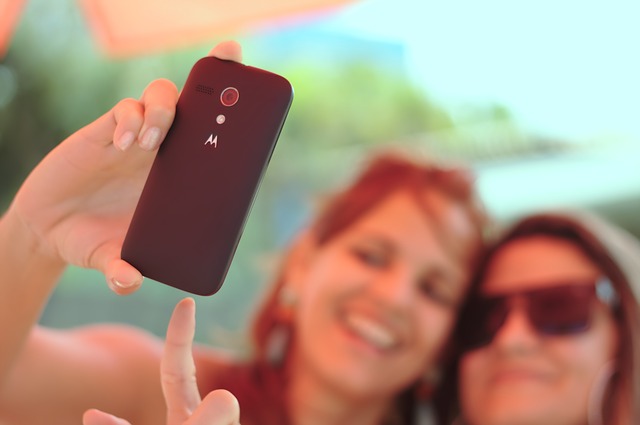Did you know that over 1 million selfies are taken each day?
Just in case you’re not living in the modern world, let me tell you that a selfie is a photo of yourself taken at arms length. It’s such a common phenomenon now that the word “selfie” actually appears in the dictionary.
50% of men and 52% of women admit to having taken and shared a selfie at some stage, and the biggest user group is aged 18 to 24.
If your target donor or volunteer falls into that age group, how can you use the power of the selfie to get them to become actively involved in your NFP?
Does it work? Yes, it most certainly does. Take a look at these campaigns.
- From the Guardian newspaper: Women posting bare-faced selfies online have helped a leading cancercharity raise more than £8m in six days. Cancer Research UK, which did not start the campaign, said the #nomakeupselfie trend had resulted in an unprecedented increase in donations.
- A University of Georgia student recently was asked to head a selfie social media campaign on behalf of FSH Society meant to help those struggling with a rare disease to literally regain their smiles. A New York based philanthropist has pledged to donate $1 for each selfie posted with the campaign hashtag, #FSHDselfies, to the FSH Society. The donor has generously offered to give up to $5,000 toward the cause.
- With thousands flocking to Austin this weekend, the United Nations World Food Programme (WFP) is encouraging attendees to #DoGood by taking a picture of themselves and tweeting about it.For every “selfless selfie” shared via Twitter using the hashtag #DoGood, MasterCard will donate a month of school meals for a hungry child through WFP.
Take a look at the statistics in the infographic and you’ll see why such campaigns are effective.
How can you use the selfie phenomenon to benefit your cause?

 Posted on 16,Oct |
Posted on 16,Oct |
 Posted by Anne
Posted by Anne 






There are no comments yet